In the diverse world of citrus fruits, the hardy orange (Poncirus trifoliata) stands apart as a fascinating and resilient variety. Known for its exceptional cold tolerance, trifoliate leaves, and bitter yet aromatic fruits, the hardy orange has long been valued in horticulture, landscaping, and hybrid citrus breeding. Though not as commonly consumed as sweet oranges or mandarins, the hardy orange plays an essential role in citrus cultivation, particularly in temperate regions.
This article delves deep into the global production of hardy oranges and reveals which country leads the world in cultivating this unique citrus variety—exploring the reasons behind its dominance, climate advantages, usage, and future prospects.
Understanding the Hardy Orange: What Makes It Unique?

The hardy orange, scientifically known as Poncirus trifoliata, is a deciduous shrub or small tree native to northern China and Korea. It is not a true orange in the traditional culinary sense but belongs to the Rutaceae family, closely related to citrus.
Key Characteristics:
- Cold Hardy: Survives temperatures as low as -20°C (-4°F), making it ideal for colder climates where traditional citrus cannot thrive.
- Trifoliate Leaves: Three-lobed leaves that give it its botanical name.
- Thorny Branches: Dense and often used as natural fencing or hedges.
- Bitter Fruits: The fruits are small, hairy, and extremely sour—more suitable for marmalades or medicinal use than for fresh eating.
The hardy orange is widely used as a rootstock for grafting other citrus varieties due to its disease resistance and adaptability to poor soils.
Global Demand and Cultivation Trends
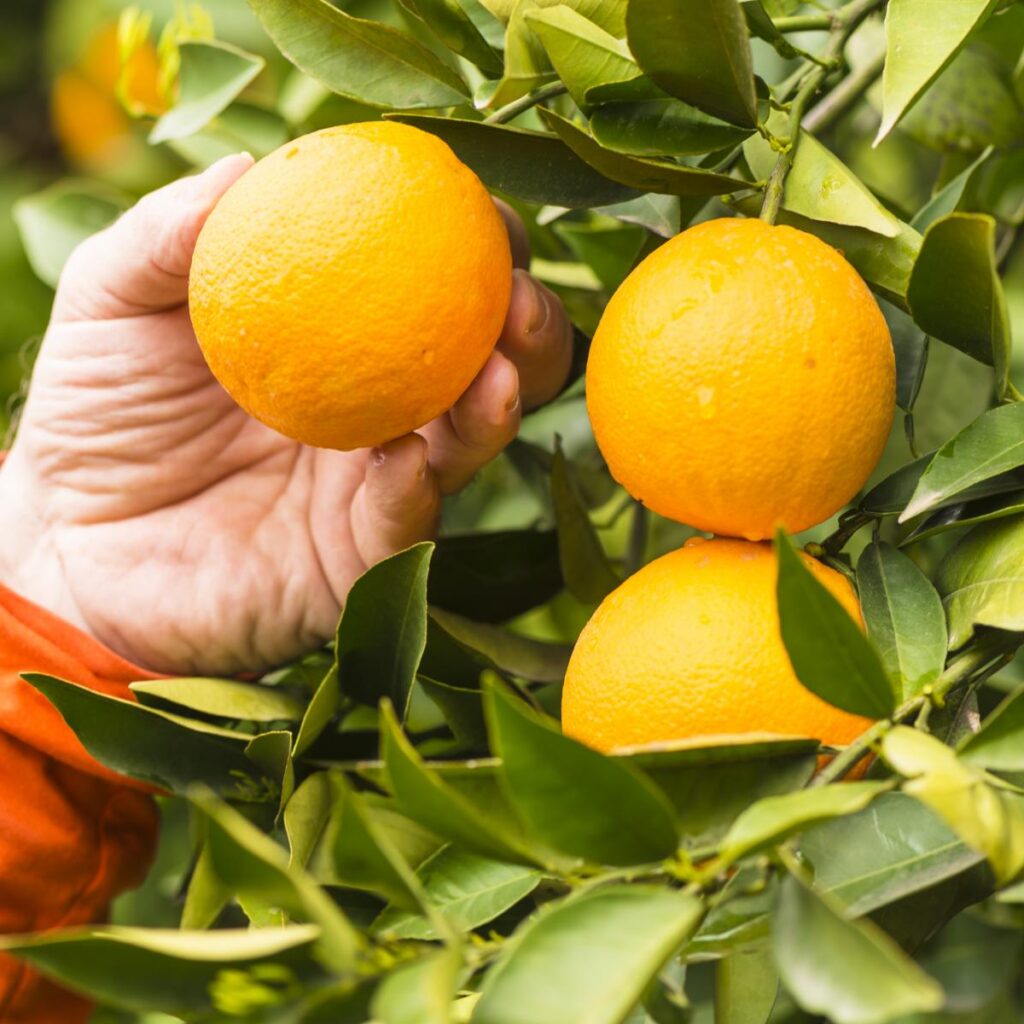
The hardy orange is not grown for commercial fruit production like sweet oranges or mandarins. Instead, it serves horticultural and agricultural purposes, particularly in:
- Rootstock production
- Ornamental landscaping
- Traditional medicine
- Cold-hardy hybrid citrus breeding
Given its specialized use, the global cultivation of hardy oranges is concentrated in a few countries, primarily those engaged in citrus innovation, research, and commercial production under challenging climatic conditions.
The Leading Producer: China
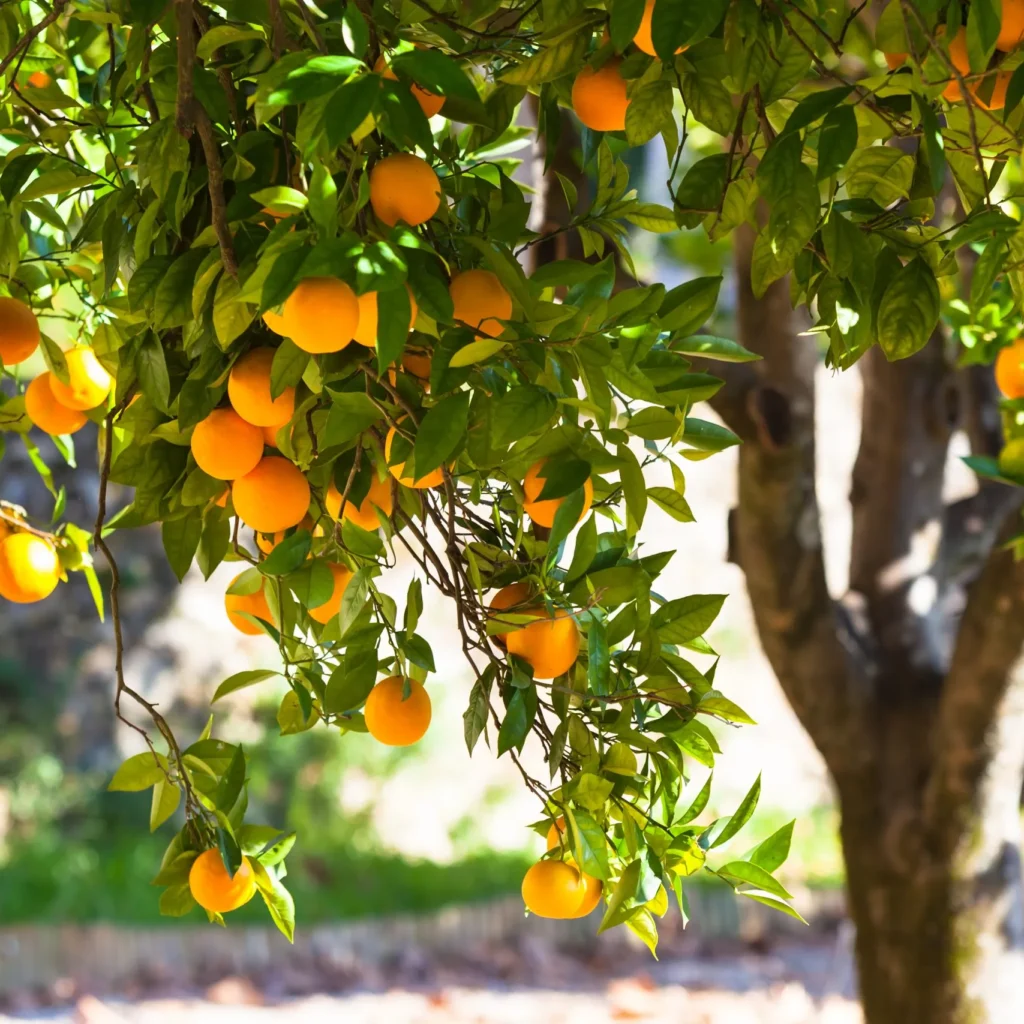
China is the largest producer of hardy oranges in the world.
As the native land of Poncirus trifoliata, China has leveraged its natural advantages and deep-rooted agricultural practices to lead global production. Here’s why:
1. Native Habitat and Climatic Suitability
Hardy oranges are native to northern and central China, where the plant evolved in temperate regions with cold winters and warm summers. These natural environmental conditions remain ideal for cultivating Poncirus trifoliata.
Key growing regions in China include:
- Hunan Province
- Sichuan Province
- Henan and Shaanxi
- Jiangxi and Anhui
These areas are known for their temperate climate, fertile soils, and rich biodiversity—perfect for growing both native and commercial citrus species.
2. Citrus Industry Leadership
China is not only a leader in hardy oranges but also a global citrus powerhouse, ranking among the top producers of oranges, mandarins, and lemons. With an emphasis on scientific agriculture and breeding, Chinese researchers have invested heavily in:
- Developing cold-hardy citrus hybrids
- Improving disease resistance
- Expanding citrus cultivation northward
The hardy orange is a key component in these programs, especially as a rootstock for creating hybrid varieties that can survive harsher climates.
3. Widespread Use as Rootstock
In China’s citrus nurseries, hardy orange seedlings are mass-produced to serve as rootstock for:
- Sweet oranges
- Mandarins
- Grapefruits
- Lemons
Using Poncirus trifoliata rootstock improves:
- Cold tolerance of the grafted tree
- Resistance to soil-borne diseases like Phytophthora
- Control of tree size and early fruiting
These benefits make hardy orange cultivation an essential foundation for China’s expanding citrus orchards, especially in subtropical and temperate zones.
4. Traditional and Medicinal Uses
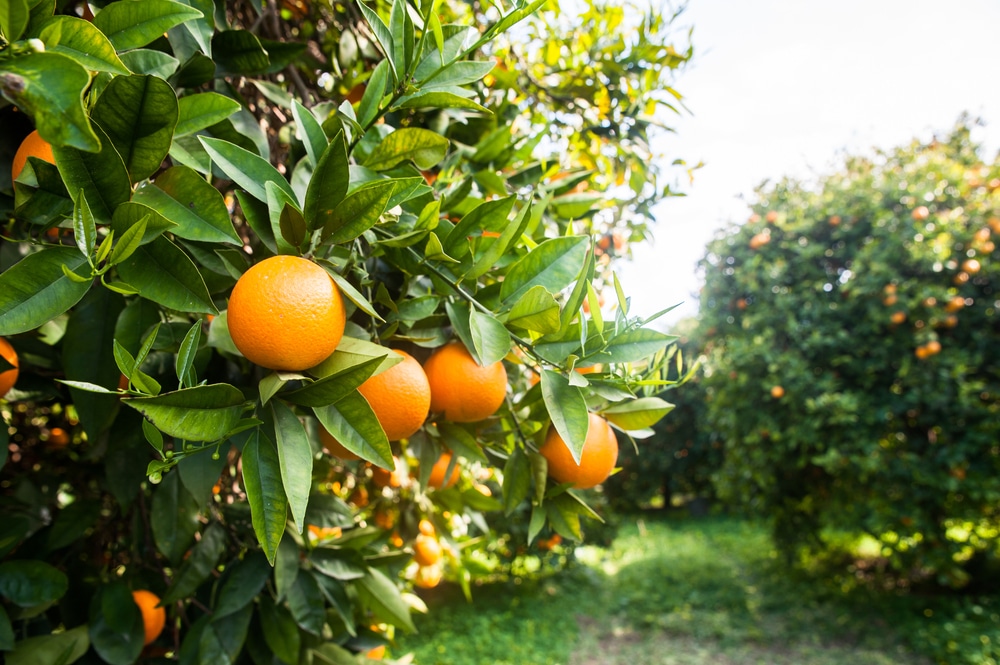
Hardy oranges have also found a place in Traditional Chinese Medicine (TCM). Known as “Zhi Shi” or “Zhi Ke”, the immature and mature fruits are used to treat digestive and respiratory ailments.
The dried peel and fruit extracts are known for:
- Anti-inflammatory properties
- Digestive stimulation
- Circulatory enhancement
This dual-purpose use—both horticultural and medicinal—adds to the economic and cultural value of hardy oranges in China.
Other Notable Producers
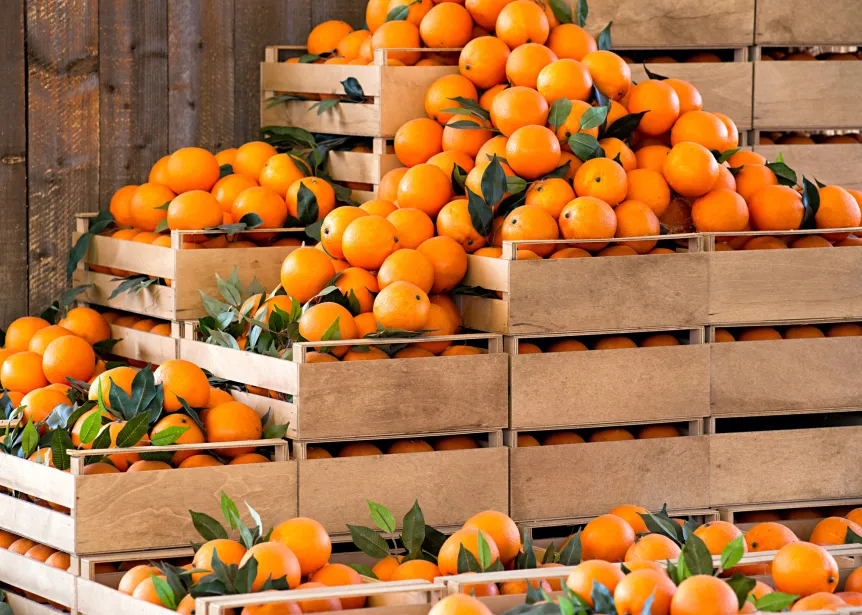
While China dominates in both scale and research, other countries also grow hardy oranges for specific uses:
1. South Korea and Japan
- Used in breeding programs to develop hardy citrus varieties.
- Popular in university research and ornamental gardening.
2. United States
- Cultivated primarily in the Southeast and Midwest for use as rootstock and in breeding programs.
- Popular in USDA research centers and university agricultural extensions.
- Used in home gardens and ornamental landscapes due to its unique appearance and hardiness.
3. Europe
- Grown in countries like Italy, Spain, and France, particularly in research institutions focused on citrus.
- Limited commercial use; mostly for hybrid development and private gardens.
Economic and Environmental Significance
Although hardy oranges are not a cash crop like navel oranges or lemons, their significance in agricultural ecosystems is immense.
Economic Role:
- Supports the nursery industry through seedling production.
- Indirectly boosts the citrus economy by improving orchard resilience and fruit quality.
Environmental Role:
- Acts as a barrier plant due to thorny growth, providing habitat for wildlife.
- Used in erosion control and natural hedging in sloped terrains.
- Can grow in poor soils and degraded areas where other crops fail.
Future Outlook: Why Hardy Orange Production Matters
With climate change impacting global agriculture, hardy oranges are gaining new importance:
- Expanding citrus cultivation northward: As warmer areas become unsuitable due to extreme heat or drought, temperate regions are being explored. Hardy oranges can serve as pioneers.
- Breeding climate-resilient citrus: Crossbreeding with hardy oranges helps develop new hybrids that withstand cold, pests, and disease.
- Growing demand for sustainable practices: Hardy orange’s low-maintenance nature fits well into sustainable and organic farming models.
As such, China’s investment in this crop not only addresses domestic horticultural needs but also contributes to global citrus resilience.
Conclusion: China’s Strategic Leadership in Hardy Orange Cultivation
In the niche world of hardy orange production, China stands firmly as the global leader. From its native advantage and suitable climate to advanced agricultural research and widespread application in citrus orchards, China has strategically utilized the hardy orange as both a foundation crop and a bridge to the future of citrus farming.
While not a fruit you’ll commonly find in your supermarket’s produce aisle, the hardy orange plays a silent yet powerful role in ensuring the vitality of global citrus production. Its resilience, medicinal use, and horticultural significance make it an unsung hero of the citrus world.
As climate patterns shift and agricultural sustainability becomes more urgent, the hardy orange is poised to take on an even more crucial role—proving that sometimes, the most valuable crops are the ones quietly growing in the background.



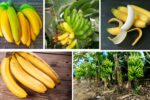
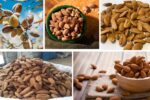
Leave A Comment